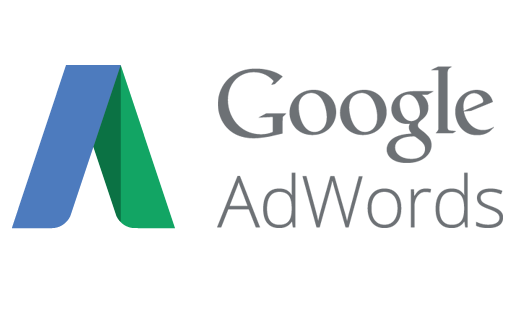We want to tell you the important AdWords changes that took place in late 2017 as well as new updates anticipated for the New Year.
AdWords 2017 Recap:
There have been two important changes that were made to the platform in 2017.
NEW MERCHANT CENTER TOOLS:
Google has also included a new part to its Merchant Center called “Opportunities”. Opportunities provide suggestions for developing your feed and campaigns. For example, this part may specify that there is missing product detection information or mismatches in pricing. Google can also make recommendations as to whether bids would be raised or lowered.
For those of your promotion or selling merchandise via Adwords’ Google Merchant Center, AdWords has rolled out new feed experiences as well as Opportunities just in time for the 2017 festival period. Beforehand, AdWords users could only submit product data in one main feed.
While all of your products still need to be included via the main feed, supplemental feeds allow users to supplement the product data in the primary feed with further information.
PAGE “LANDING PAGES”:
At Google Marketing after that, Google introduced the “Landing Pages” page is most effective to help users or client sees how their landing pages are performing. This attribute or feathers was rolled out in the new AdWords knowledge. These pages give details which URLs in a user’s account are mobile-friendly, which ones are powerful the most sales, and which may require absorption.
AdWords 2018 Updates:
AdWords ongoing implementing these changes and updates this year and will possibly continue to introduce and refine them into 2018.
Parallel TRACKING:
Parallel Tracking right away directs users to landing pages after they click an ad while their browser is processing URL tracking requests in the background.
It may have an important impact on conversions. Even a one-second holdup can reduce your conversation rate on mobile by 20%. Google introduced Parallel Tracking as a solution to this problem. One difficulty that users on slower networks experience with tracked pages is that, when they click on an add, the tracking features delay the loading and display of the landing page.
This helps users on slower networks reach landing pages up to more than a few seconds faster, which means visitors can reach your website and engage with it earlier.
METRIC “DAYS TO CONVERSION” :
This feature estimates how many days you may anticipate waiting between an original click and the ultimate conversion based on prior campaign appearance. The metric provides you information that allows you to make an educated choice when to explain patience with an ad and when to throw in the towel.
Google rolled out one more feature with its new AdWords UI (though it can be applied to both the regular and new AdWords experience)— the “Days to Conversion” metric. This really useful feature shows users roughly how long it will take an ad to translate. Not every ad results in an urgent conversion, but that doesn’t mean ads won’t lead to an eventual conversion either. The “Days to Conversion” metric allows you to track how long a conversion will take.






No comments